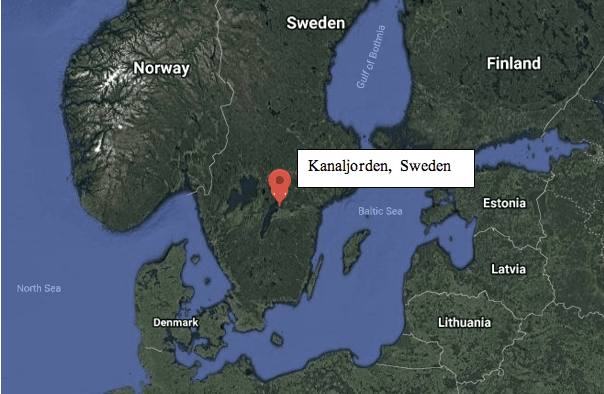In a remarkable archeological find that challenges conventional wisdom, at least eight skulls were found without their jawbones in Kanaljorden, Sweden.
At least two of the skulls appear to have been mounted on wooden stakes. The suggestion is that they were put up as some sort of display. But the study was unable to find a clear reason why.
In addition to the human bones, there were bones of at least 14 other animals including wild boar and brown bears.
“This unique site challenges our understanding of the handling of the dead during the European Mesolithic,” according to the abstract of the research.
“Given the lack of complete skeletons, questions regarding post-cranial trauma patterns, child and adult health, and potential disabilities must remain unanswered. It is worth stressing that cause of death cannot be identified for any of the individuals,” according to the research.
The site is evidence of an after-death ritual. The report suggests that soon after death, the skulls were placed on a wood and stone structure in still water.
“The deposition [of the human and animal remains] can be described as being carefully planned and executed,” according to the research.
Many studies have been conducted on the handling of the dead by Mesolithic peoples around the world, but the site at Kanaljorden—roughly 100 km southwest of Stockholm near Vättern lake—is puzzling.
“The finds of human crania and animal bones at Kanaljorden demonstrate complex depositional practices,” according to the report’s conclusion.





